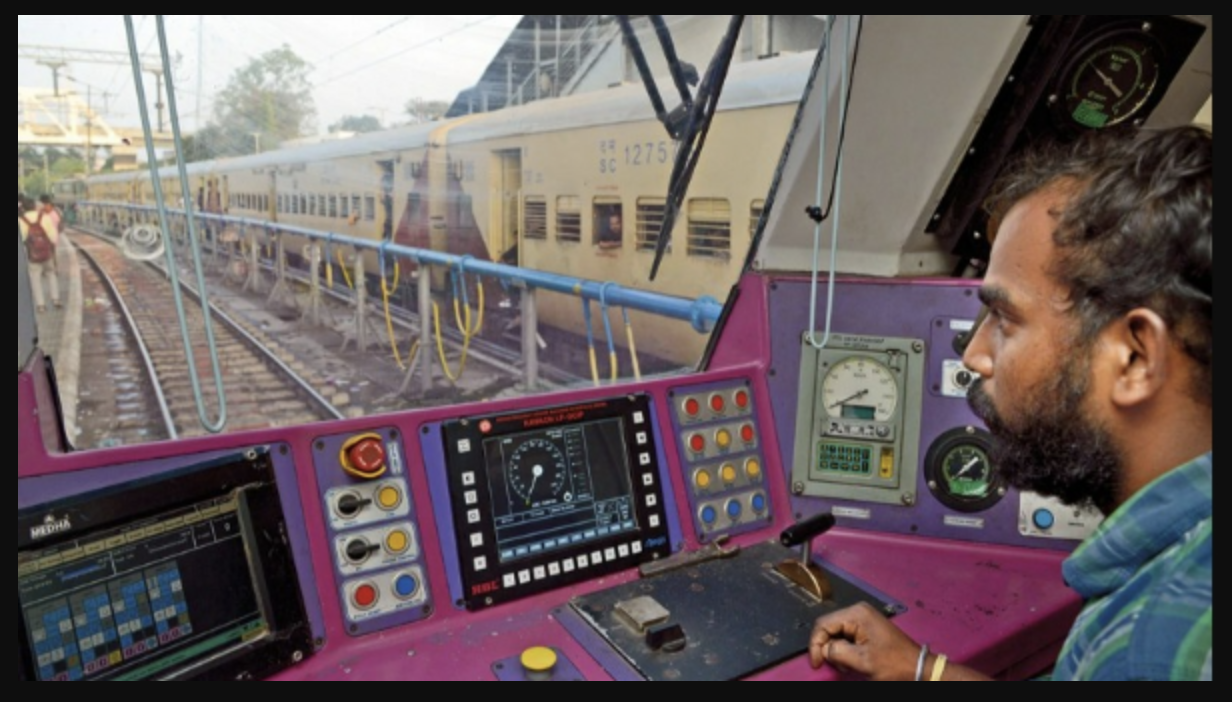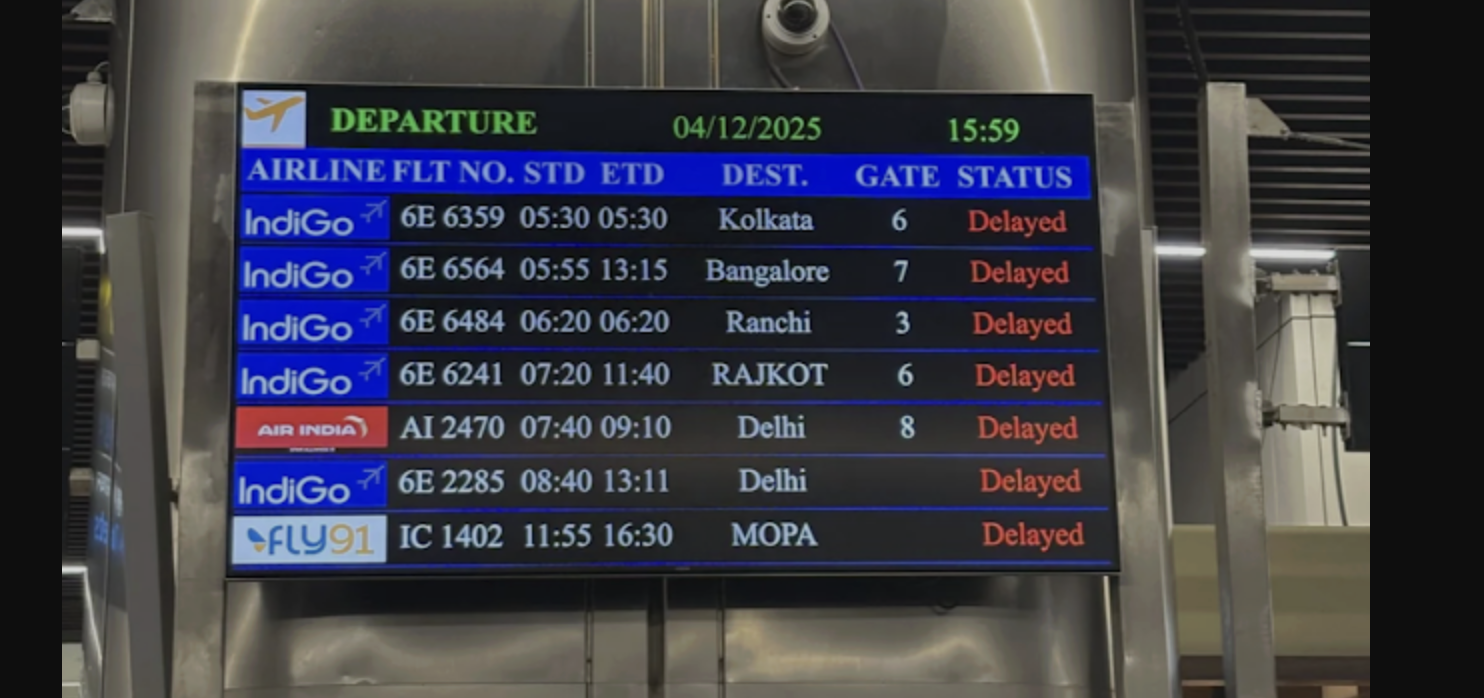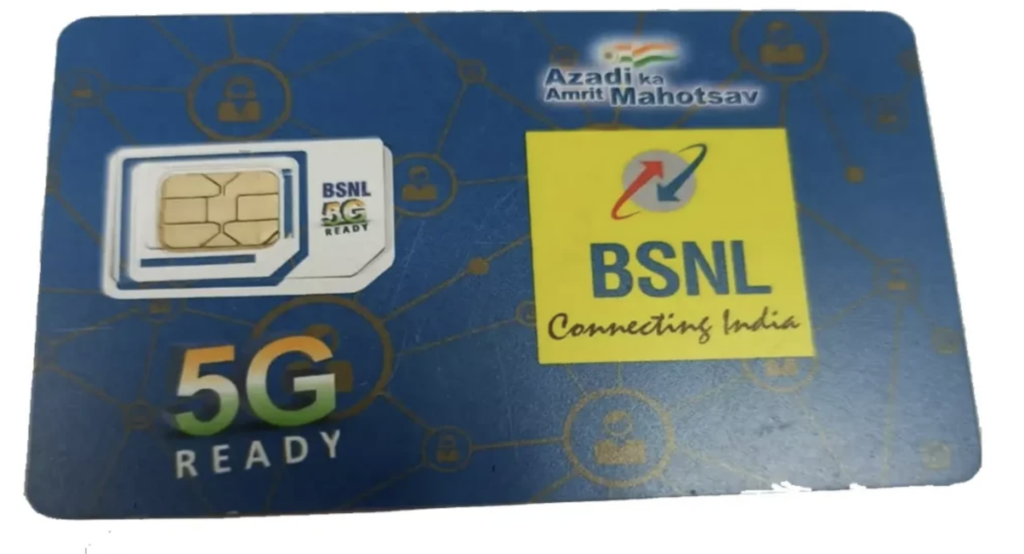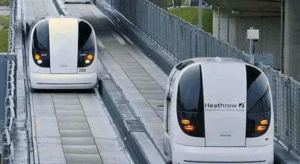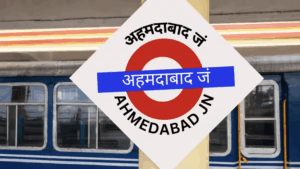The recent change in Uber’s fare policy for auto rickshaws in Pune has caused frustration among commuters, as it brings uncertainty about the final fare amount. Effective from April 1, following agreements signed on February 18, 2025, Uber no longer follows the aggregator model but has shifted to a SAAS (Software as a Service) model. Under this, Uber charges auto drivers a fixed software fee of ₹19 per day and does not interfere in fare transactions. The fare shown on the Uber app is now only indicative; passengers must pay the amount shown on the meter instead.

Fare Confusion Fuels Uber Auto Disputes in Pune
This shift has led to dissatisfaction among passengers who previously benefited from fixed app-based pricing. Arif Khan, a commuter, shared an incident where the app showed ₹145 but the driver demanded ₹170 based on the meter reading. He pointed out the risk of drivers taking longer routes to increase fares. Similarly, Ananya Rao, a daily commuter, expressed concern over the inconsistency—questioning why fixed app fares apply to cabs but not autos. She noted that while autos are more accessible and affordable, the current system fosters conflict between drivers and riders.
On the other hand, auto driver Prakash Shinde argued that the meter-based system is fair and sometimes even results in lower fares than the app estimate. To improve transparency, Keshav Nana Kshirsagar, President of the Maharashtra Kamgar Sabha, stated that auto drivers have been instructed to keep a copy of the new agreement in Marathi, Hindi, and English inside their vehicles to inform passengers about the changes.
Uber’s Hands-Off Fare Model Raises Concerns Over Fairness
Overall, the new model removes Uber’s control over pricing, placing fare responsibility entirely on the driver and their meter. While drivers appreciate the flexibility, passengers are left uncertain and vulnerable to disputes, sparking growing debate on the fairness of the new policy.
Summary:
Uber’s new SAAS-based fare policy for auto rickshaws in Pune has sparked confusion, as app fares are now only indicative. Passengers face disputes over meter-based charges, while drivers defend the system. The policy shift removes Uber’s pricing control, raising concerns over transparency and fairness in daily commutes.
